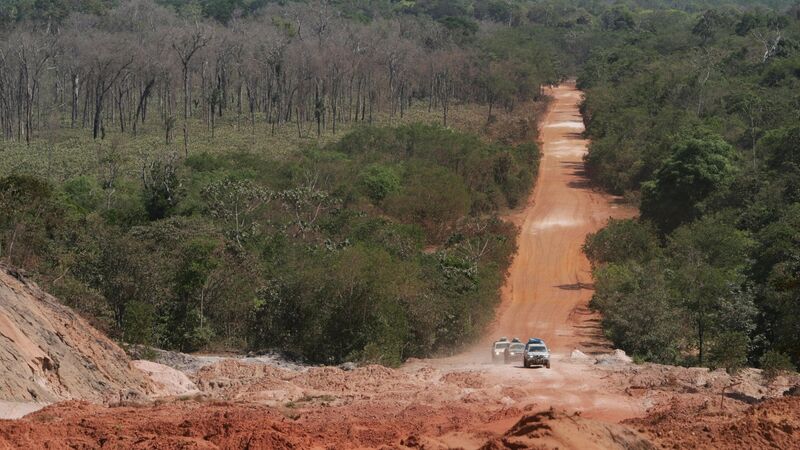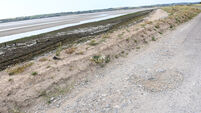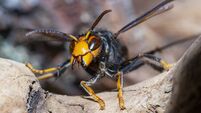Cop15: Global transport infrastructure to impact habitats of 2,500 birds and animals

Experts from the UN Environment Programme (UNEP) and the UN Environment Programme World Conservation Monitoring Centre (UNEP-WCMC) warned that some 883 million tonnes of carbon will be released from trees and vegetation cleared for the projects. File picture: Daniel Beltra/AFP/Getty
Planned transport infrastructure across the world will cross into 60,000kms of protected areas and impact the habitats of nearly 2,500 birds and animals, UN experts have calculated.
The stark picture was unveiled at the Cop15 biodiversity summit in Canada as thousands of scientists and delegates descend on Montreal for what has been described as the most important event for nature in a decade.
Experts from the UN Environment Programme (UNEP) and the UN Environment Programme World Conservation Monitoring Centre (UNEP-WCMC) examined major road and rail projects either underway or planned in 137 countries.
The environmental impacts mean that the projects will cross over approximately 60,000 km of the world’s protected areas or key biodiversity areas, and impact the habitats of nearly 2,500 bird, amphibian and mammal species of conservation concern.
There is an especially high risk of accelerating the decline of species in the global tropics, the scientists said. Some 883 million tonnes of carbon will be released from trees and vegetation cleared for the projects, they warned.
This loss of vegetation will also jeopardise the retention of 1.17 million tonnes of nitrogen — without the plants, that additional nitrogen could be toxic to downstream water supplies, they said.
Study co-lead Andy Arnell, from UNEP-WCMC, said: “Well-planned transport infrastructure is crucial for human development. But our expansion continues to pose a huge threat to nature.
He added that the study, while not exhaustive, will provide pause for thought for leaders in the countries.
"It provides a snapshot of projects, species under threat and emissions and economic impacts, and does not override the need for detailed local and regional risk-benefit assessments of projects. However, we hope it will encourage further scrutiny for high-risk projects, and that our methods provide a springboard for further analysis of the risks from major road and rail developments," Mr Arnell said.
More than 10,000 scientists and 196 countries will attend the Montreal event over the almost two-week period. Heritage Minister Malcolm Noonan and representatives from the Department of Housing and National Parks and Wildlife Service (NPWS) will attend the Montreal event on behalf of Ireland.
The Montreal biodiversity summit has been described as a potential Paris Agreement for Nature, referring to the landmark agreement from 2015 in the French capital. The 2015 Paris Agreement set the 1.5C temperature increase limit goal that scientists say is necessary to avoid the worst fallout from climate change.
CLIMATE & SUSTAINABILITY HUB











